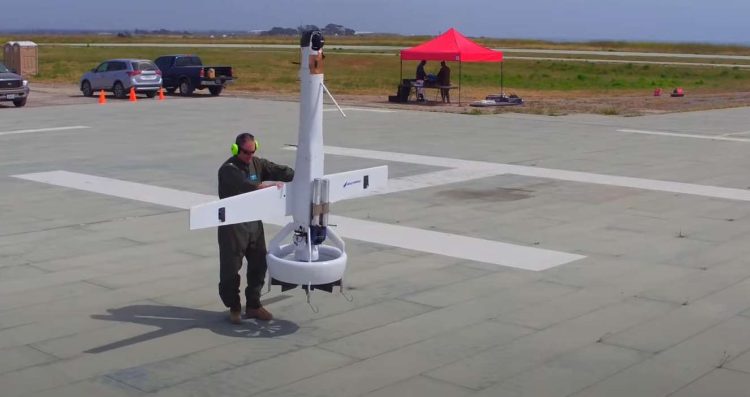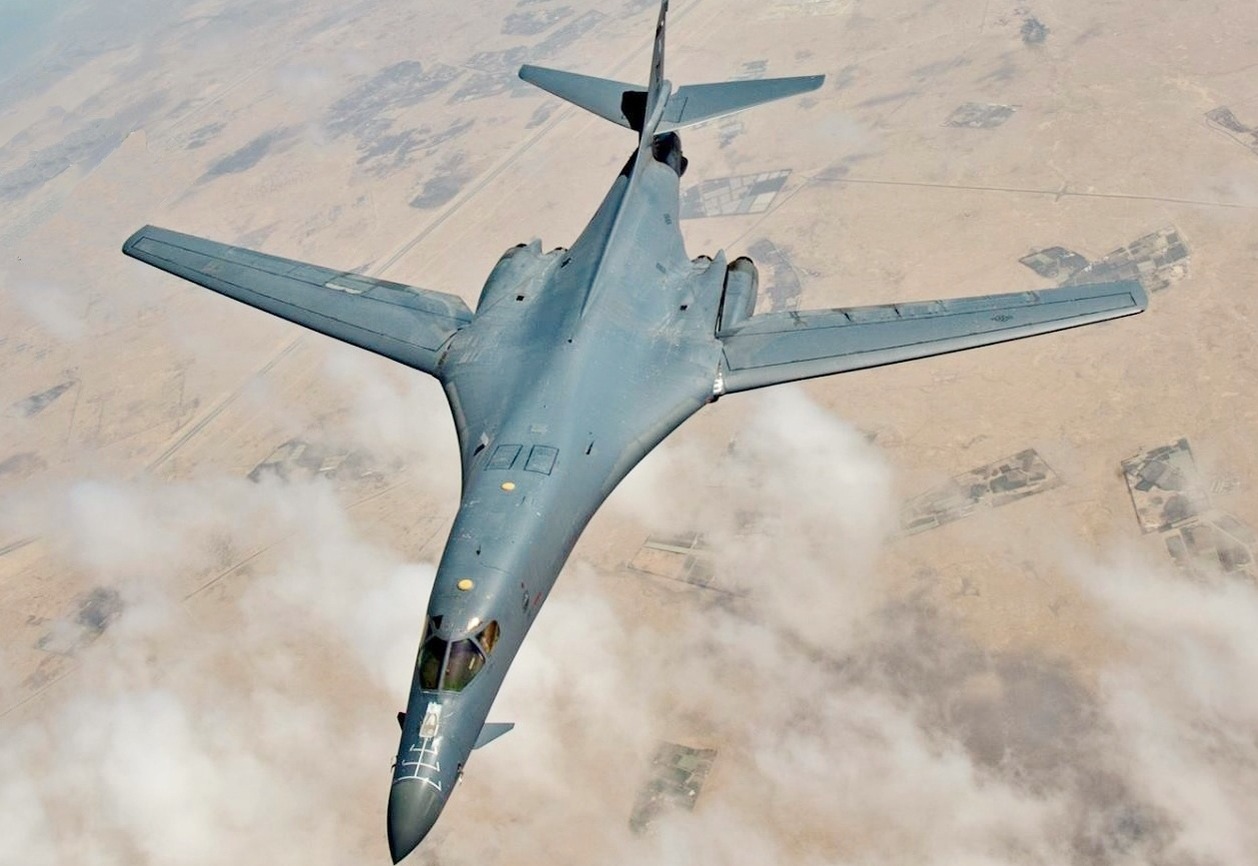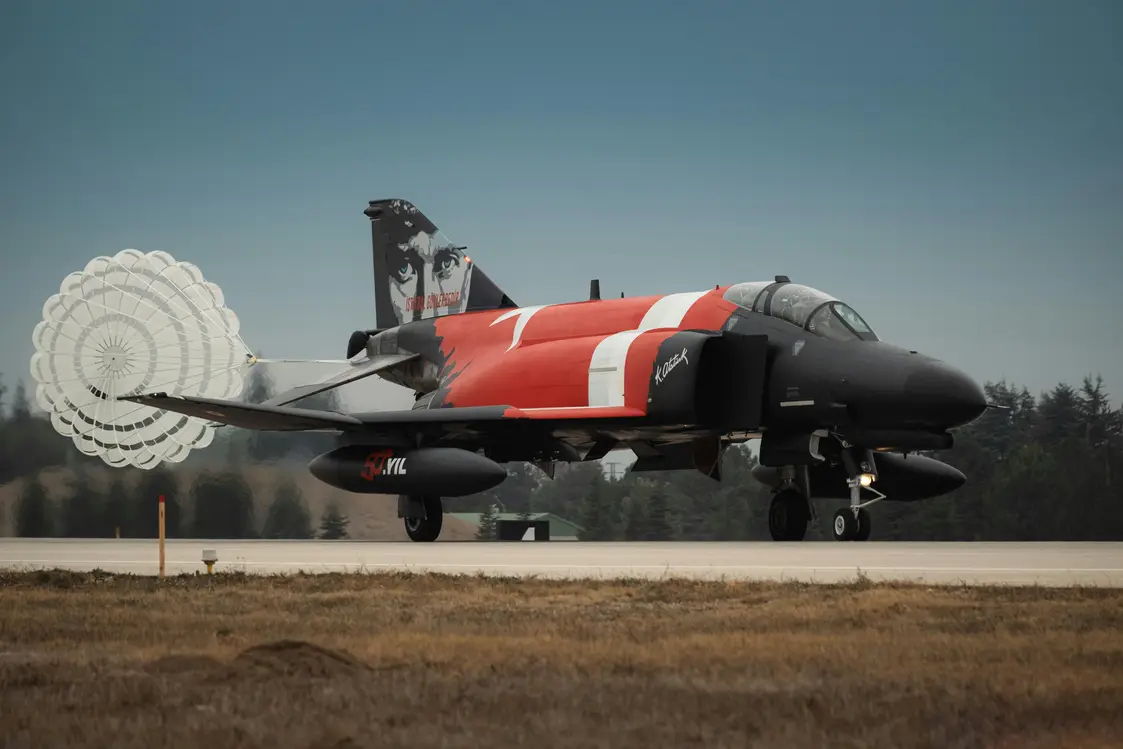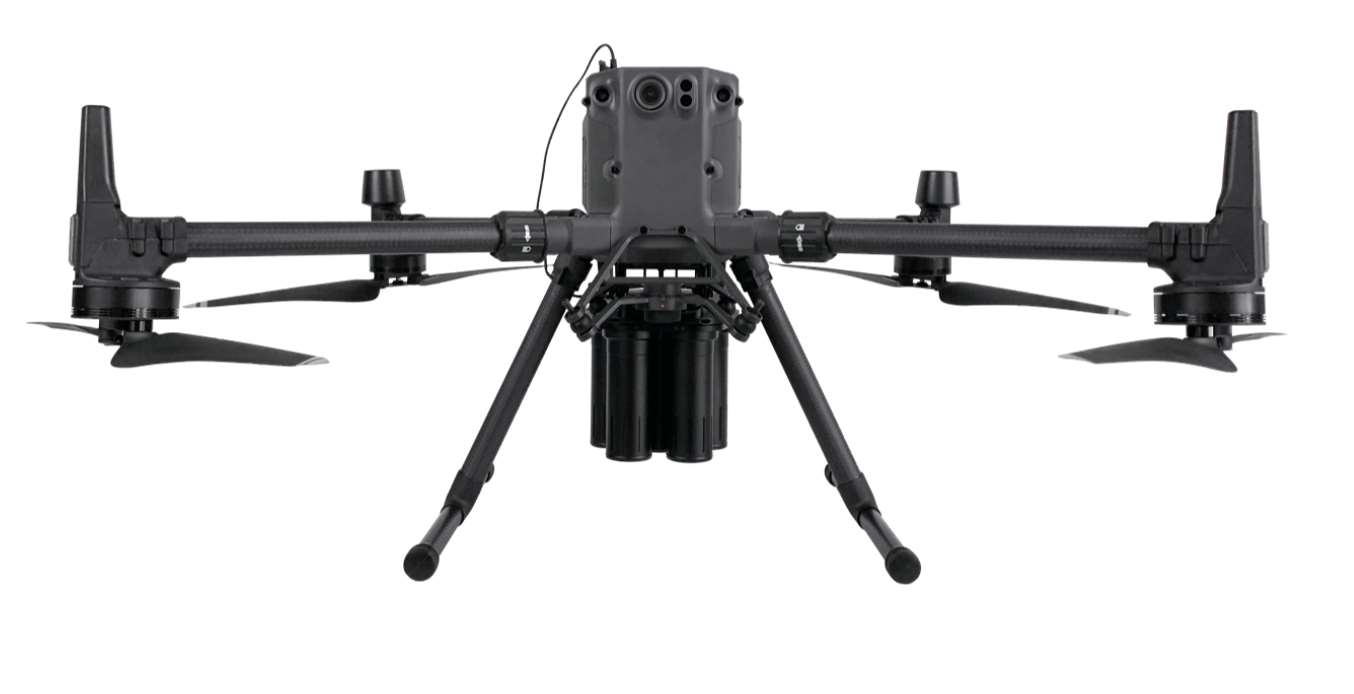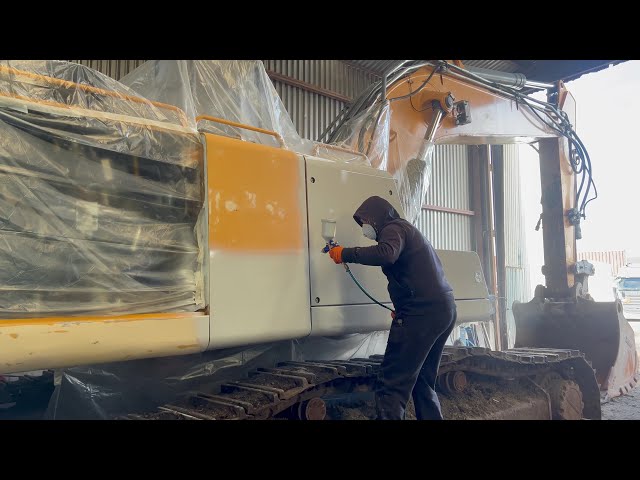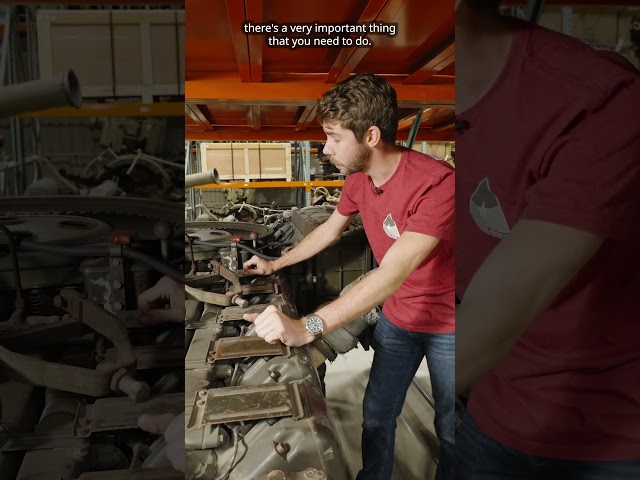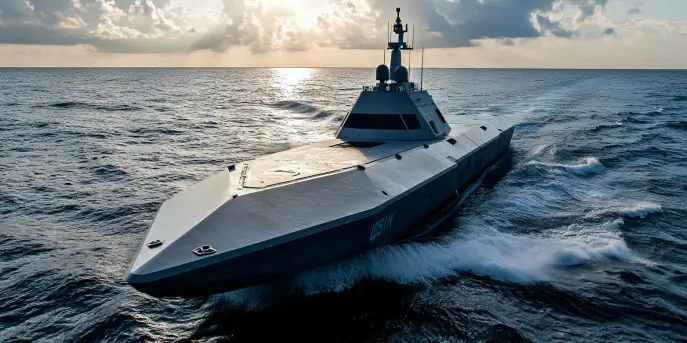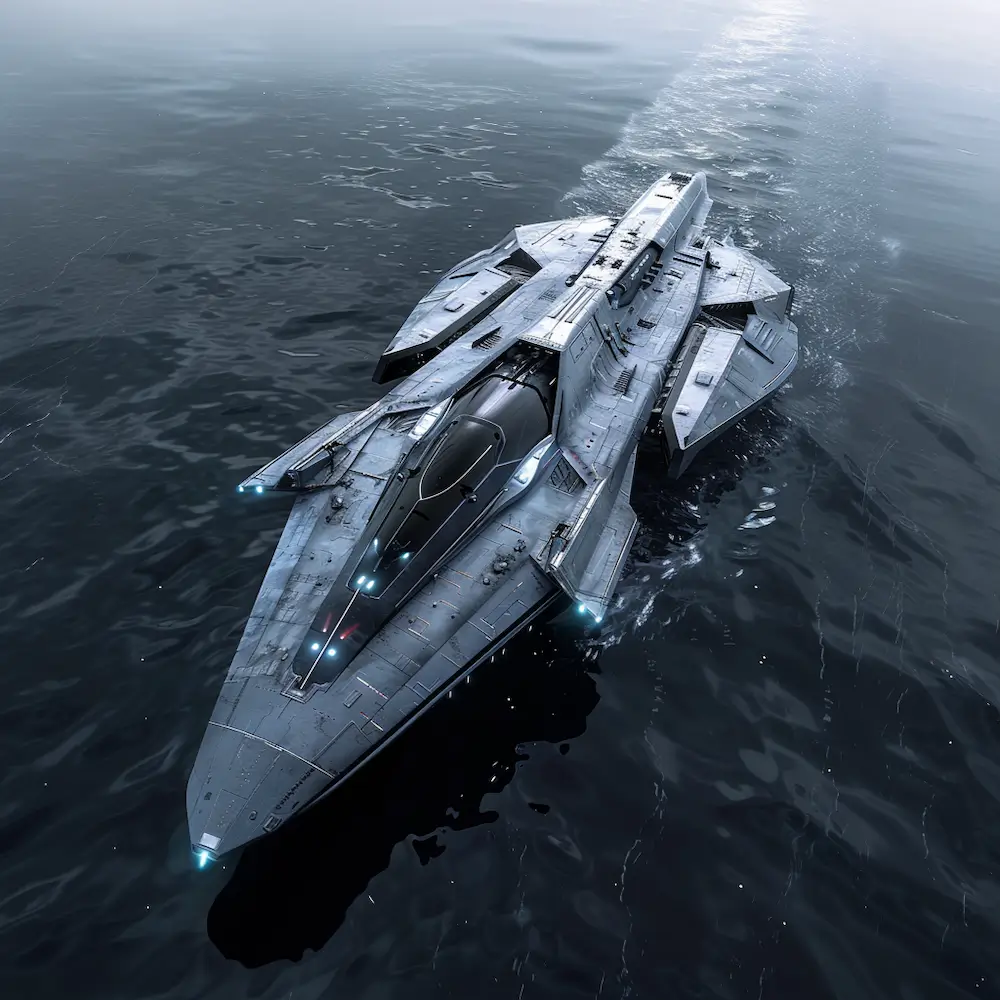Overview of the V-BAT Drone
In today’s rapidly evolving world of unmanned aerial systems, the V-BAT drone stands out as a pioneering innovation in true vertical take-off and landing (VTOL) technology. Developed by Martin UAV, the V-BAT is designed to combine flexibility with advanced functionality, meeting the diverse needs of defense, commercial, and civilian operations.
Design and Capabilities
The V-BAT drone is celebrated for its compact, efficient design, which allows for single-operator deployment and maintenance. It boasts a ducted fan propulsion system, which is pivotal for its VTOL capabilities, enabling it to operate in confined spaces without the need for additional launch or recovery equipment.
Specifications:
| Specification | Detail |
|---|---|
| Length | 8 ft (2.44 m) |
| Max Takeoff Weight | 125 lbs (56.7 kg) |
| Endurance | Up to 8 hours |
| Range | Up to 350 miles (563 km) |
| Cruise Speed | 45-70 knots |
| Payload Capacity | Up to 25 lbs (11.3 kg) |
| Operating Altitude | Up to 15,000 ft (4,572 m) |
Operational Flexibility
One of the most notable features of the V-BAT drone is its operational flexibility. Unlike traditional UAVs, the V-BAT can take off, hover, and land in a vertical position, making it ideal for missions in challenging or confined environments, such as dense urban areas or ship decks.
This unique capability is particularly valuable for military and security operations, where the ability to launch and recover from small, unpredictable locations is a strategic advantage. In addition, its ability to transition seamlessly to horizontal flight allows for efficient long-range travel and extended endurance missions.
Advanced Technology and Payloads
The V-BAT is equipped with state-of-the-art technology designed to maximize efficiency and effectiveness. It supports a variety of payloads, including:
- High-definition cameras for day and night operations, offering real-time video surveillance.
- Enhanced sensors for environmental monitoring and reconnaissance missions.
- Communication systems that enable secure data link capabilities.
Furthermore, the drone integrates with existing systems and can be customized to meet specific operational requirements, making it a versatile asset in any scenario.
Applications Across Sectors
The V-BAT’s utility stretches beyond defense applications. In the commercial sector, it plays a crucial role in infrastructure inspection, search and rescue operations, and environmental monitoring. The ability to operate without a runway and its high endurance make it ideal for regions that are difficult to access by conventional means.
Defense and Security: The V-BAT enhances border security, monitors high-threat environments, and supports tactical reconnaissance with minimal logistical footprint.
Environmental Monitoring: With its sensor capabilities, the V-BAT is exemplary in tracking wildlife, conducting climate research, and monitoring deforestation and oceanic conditions.
Emergency Response: In disaster-stricken areas, the V-BAT can be deployed rapidly to assess situations, coordinate logistics, and provide critical communication links.
Challenges and Future Prospects
While the V-BAT drone presents numerous advantages, it is not without challenges. Regulatory hurdles related to UAV operations, airspace integration, and privacy concerns continuously shape the UAV landscape. Nevertheless, the developers of the V-BAT are actively engaging with legislators and stakeholders to ensure the safe and effective integration of drones into national airspace.
Looking forward, the V-BAT is expected to evolve with advancements in AI and machine learning, enhancing its autonomy and decision-making capabilities. Such developments promise to expand its operational scope even further, paving the way for more innovative applications.
In an age where technology is rapidly transforming traditional paradigms, the V-BAT drone represents a significant leap forward in UAV capabilities. Its unique VTOL design, combined with its adaptable payload options and operational versatility, make it an invaluable asset across various sectors. As technology advances, the V-BAT will continue to push boundaries, reshaping the future of unmanned aerial systems.
